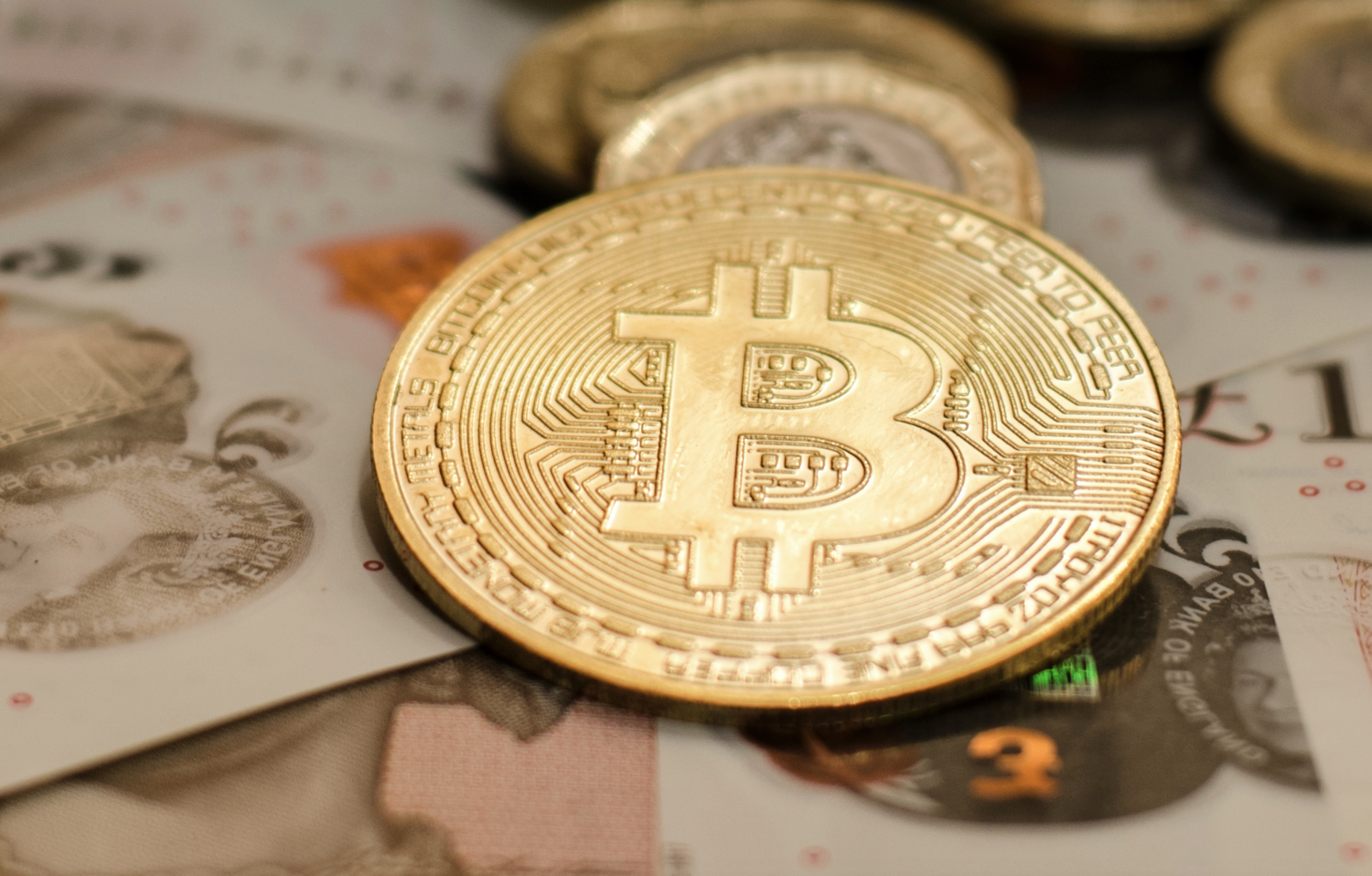Crypto’s Path Forward Could Follow the Financial World’s Departure From LIBOR
The world is officially done with the London Interbank Offered Rate (LIBOR), which was a benchmark lending rate that drove the financial industry, and therefore the business world, for more than four decades.
Starting this month, the Secured Overnight Financing Rate (SOFR) has replaced LIBOR in the United States, a transition that has taken more than 11 years since a scandal enveloped LIBOR.
Dmitry Gooshchin is the chief operating officer and co-founder of Endotech.io.
This switch is significant far beyond lending rates, underlining that real change and innovation are possible in the financial system, even following misdeeds and corruption. And it offers hope for crypto and financial innovation that takes advantage of new technology.
Crypto has suffered its share of misconduct and misdeeds with which regulators and other officials have been slow to keep pace. . Many industry skeptics – and others – have even declared the sector doomed because of the lack of policing.
Still , we see multiple institutional investors applying for crypto exchange-traded funds (ETFs). Could market demand among institutional investors result in reliable, regulated crypto trading? Can the financial system remake crypto like it remade interbank loan rates?
LIBOR represented the self-reported average rate at which the world’s largest banks would loan money to other banks. It was often seen as the lower boundary for any type of loan or performance benchmark – a pillar of the financial system and reliable benchmark. Variable rate loans, adjustable mortgages as well as instruments like swaps and futures were usually tied, to some degree, to this rate.
But then scandal hit with the revelation in 2012 that banks were artificially controlling the rate, including by reporting borrowing rates at levels that would benefit their swap traders, and make banks look more insulated from risk than they were. Safeguards were few, and the system, which relied on banks to simply report what rates they would charge, basically left the mice guarding the cheese.
That is similar to how the crypto sector has been operating; with little oversight on big players controlling billions of dollars. The crypto sector is not the foundation of the financial system the way interbank lending rates are, but crypto was the top-performing asset class in this year’sfirst quarter, and institutional investors continue to acquire it.
Crypto has become a bellwether for innovation in the financial sector.
Officials should have noticed the irregularities in LIBOR earlier and taken action, as reports and clues began to surface as early as 2007. LIBOR should have also come under more scrutiny for the role it played in the global financial crisis, which began with the fall of AIG and other U.S. financial firms, and their heavy use of credit default swaps.
But reaction was slow. When regulators eventually took action, in 2012, several financial institutions received fines for their role in the LIBOR scandal, and over the last decade, the system has been gradually reformed with the U.S. replacing it with the Secured Overnight Financing Rate.
Despite the long timeline, SOFR is undoubtedly an improvement – mainly because it is based on actual transactions, not just on rates that banks report as the lowest they will accept. This reduces some of the concentration of power that large banks had, and reflects the reality in the market. It also means that the financial system still has something it demands – a reference rate. In other words, officials did not throw the baby out with the bathwater.
Crypto could be on a similar trajectory. For years, regulators ignored it. Yet it has been at the heart of financial innovation, including peer-to-peer transactions, AI-powered trading tools and was seen as the go-to currency in many visions of a future economy and tech world, including the metaverse.
It has suffered its own mishaps and crises, includingFTX’s alleged mismanagement and the bankruptcy filings of Celsius and Three Arrows Capital, and regulators were late to recognize the cryptos’ potential pitfalls.
At this point, the course of action by officials differs from the organized LIBOR reform. The process has been more haphazard than organized, with the SEC filing lawsuits against Binance, Coinbase and others operating by one-off enforcement rather than a planned regulatory framework.
In fact, regulators can still not agreeabout how to classify many of these products, and which regulatory agency should oversee them. This is a problem.
But there are signs of hope that regulatory clarity will emerge.. Just like the financial system needed a benchmark and worked to replace LIBOR, it is now demanding access to crypto, and working to make that happen.
BlackRock, Fidelity and other financial service powerhouses have recently filed applications for spot bitcoin ETFs, addressing specific concerns raised by the Securities and Exchange Commission’s in rejecting multiple, similar products over the past few years. A number of banks have also introduced important crypto initiatives that will eventually lead to crypto spot ETFs and other regulated products.
Bringing crypto into the mainstream is not only a way for large financial service organizations to make money but to continue financial innovation, leading to new types of assets and trading methods.
Demand will spur crypto’s increasing acceptance and growth. This is what happened with LIBOR – and what is essential to support a reliable yet innovative financial system.
CORRECTION (AUG. 7, 2023 – 16:00 UTC): Corrects name of Secured Overnight Financing Rate (SOFR).
Edited by James Rubin and Daniel Kuhn.









